Spouse Asmaa Ebnat Ghalib Name Abu Aamir Full name Abu Aamir Muhammad bin Abdullah ibn Abi Aamir | ||
 | ||
Died August 10, 1002, Medinaceli, Spain Parents Breha bint Yehya, Abdullah bin Mohammed bin Abdullah bin Amer People also search for Abd al-Malik al-Muzaffar | ||
Children Abd al-Malik al-Muzaffar | ||
Carlos soria escala el pico almanzor
Abu Aamir Muhammad bin Abdullah ibn Abi Aamir, al-Hajib al-Mansur (Arabic: أبو عامر محمد بن عبد الله بن أبي عامر الحاجب المنصور) (c. 938 – August 8, 1002), better known as Almanzor, was for 24 years (978–1002) the de facto ruler of Muslim Iberia (al-Andalus) under the Umayyad caliphate of Córdoba (خلافة قرطبة)
Khilāfat Qurṭuba. His rule marked the peak of power for al-Andalus.
Contents
- Carlos soria escala el pico almanzor
- Lounge music jazz summer of love shakatak
- Origins
- Campaigns
- Consequences
- In fiction
- References
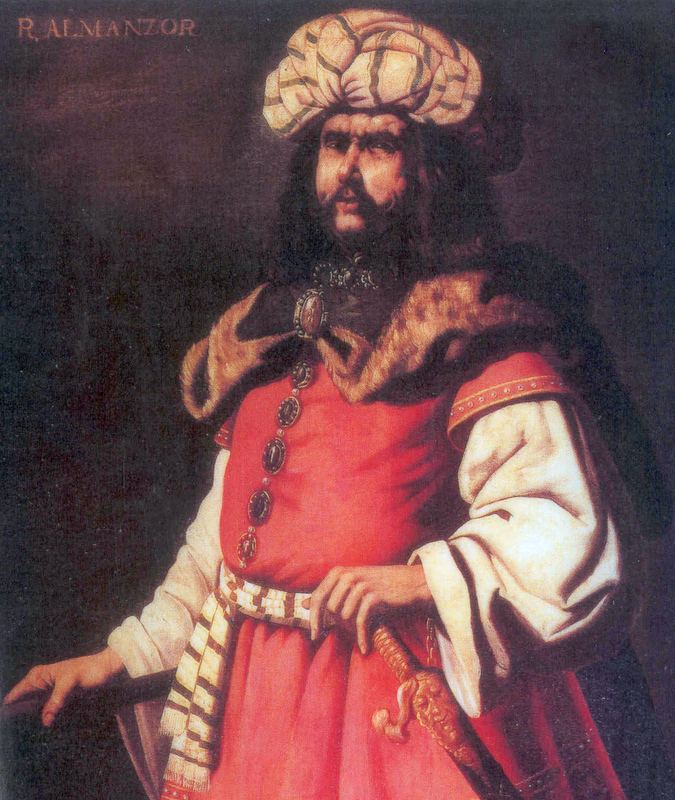
Lounge music jazz summer of love shakatak
Origins
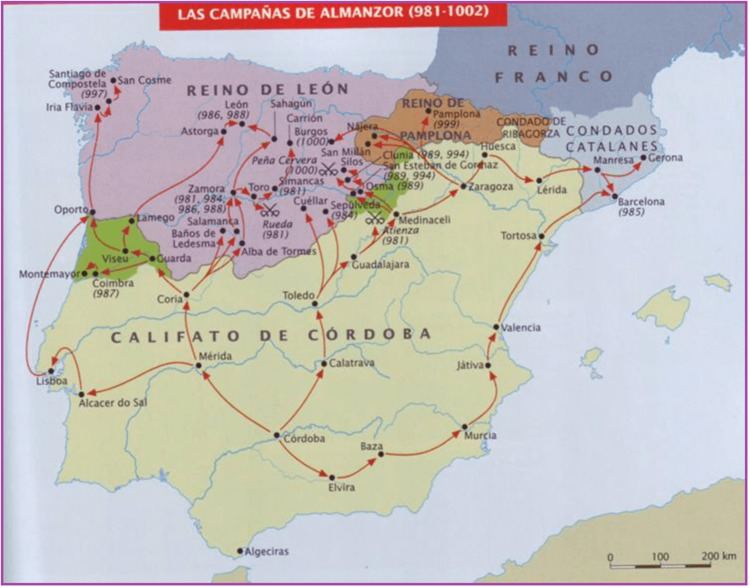
Almanzor was born Muhammad ibn Abi Aamir, into a noble family of Yemeni origin in Algeciras. He arrived at the Court of Córdoba as a student studying law and literature. He subsequently became manager of the estates of Prince Hisham II.
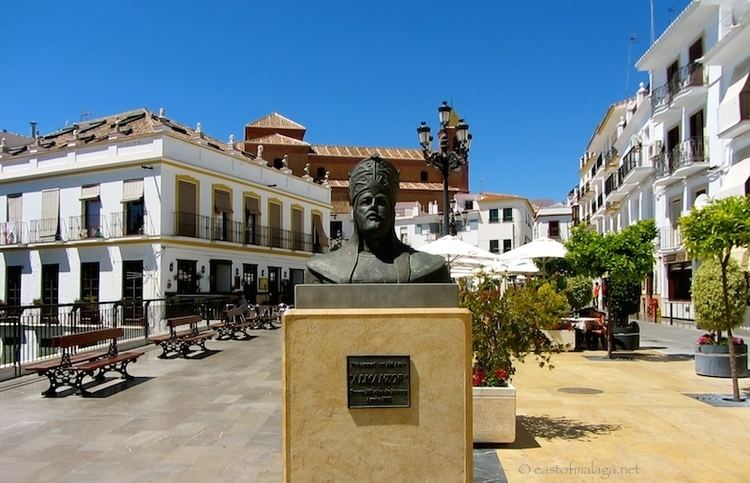
In a few years Almanzor had worked his way from this humble position to considerable heights of influence, eliminating his political rivals in the process. Caliph al-Hakam II died in 976 and Ibn Abi Amir was instrumental in securing the succession of Hisham II, now aged twelve, to the throne. Almanzor exercised strong influence over Subh, the mother and regent of the young Hisham II. Two years later he became hajib (a title similar to that of vizier in the Muslim East or Chancellor in Western Europe). During the following three years Almanzor consolidated his power with the expansion of Medina Azahara on the outskirts of Córdoba, while at the same time completely isolating the young Caliph, who became a virtual prisoner in Medina Azahara. Following al-Hakam's death, Almanzor had al-Hakam's library of "ancient science" books destroyed.
Campaigns
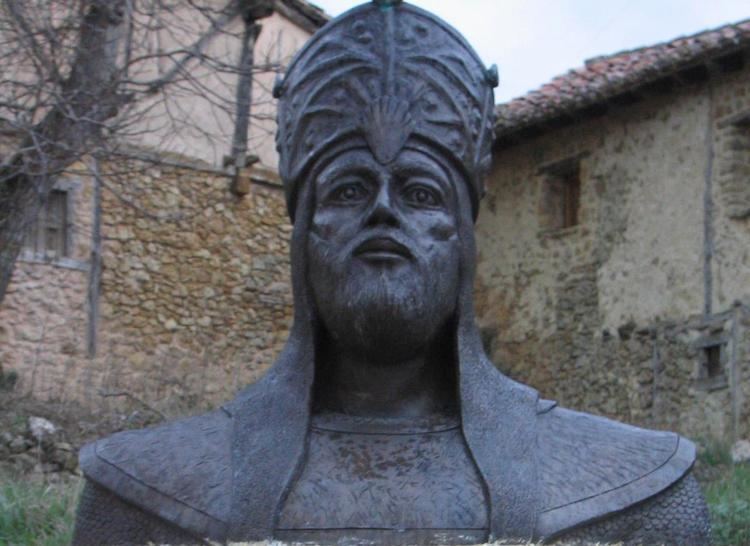
In 981, upon his return to Córdoba from the Battle of Torrevicente, in which he crushed his last remaining rival (and father-in-law), Ghalib al-Nasiri, he assumed the title of al-Mansur bi-llah, [the] Victorious by God. In Christian Spain he was referred to as Almanzor.
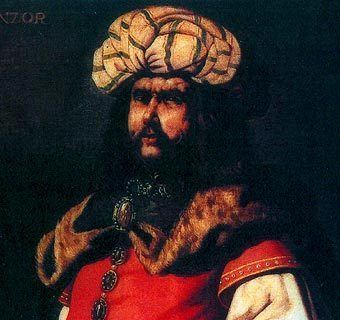
Almanzor's hold on power within al-Andalus was now absolute. Purportedly in order to conceal his usurpation of the Caliph's authority, Almanzor dedicated himself to annual military invasions of the Christian states of the peninsula. He organized and took part in 57 campaigns, and was victorious in all of them. To wage warfare on this scale against the Christian states, he brought in many Berber mercenaries, which upset the political order over time.
Although Almanzor mainly fought against León and Castile, he also sacked Barcelona in 985. He sacked Leon in 988 and Santiago de Compostela in Galicia in 997, taking the cathedral bells to be melted down into lanterns for the Great Mosque of Cordoba. Almanzor knew the magnitude of the devotion to Saint James' sepulcher, and ordered his generals to protect the tomb and all sacred objects that they encountered.
Almanzor waged several campaigns against the Kingdom of Navarre, including his longest, in which he defeated a Castilian army at the Battle of Cervera.
He married 'Abda "la Vascona" de Navarre, daughter of Sancho II of Navarre, whom he freed and who converted to Islam. She bore him a son, Abd al-Rahman, whose Arabic diminutive Sanchuelo (Shanjoul), indicated his relationship to his maternal grandfather. In 992 as a pledge of peace between the two states Almanzor freed and married a second daughter of Sancho Abarca, Teresa of León (born Leon).. In 993 king Vermudo II gave his daughter princess Theresa to Almanzor, who, in the Arab historian Ibn Khaldun's account, was kept as a slave. Records name several other wives, among them Nålevende, Urraca Garces (born deNavarre) and Oneca Garces (born Äbtissin von San Salvador de Castile) whom he married in 995.
Consequences
The consequence of his victories in the north was to prompt the Christian rulers of the Peninsula into an alliance against him (c. 1000). He was succeeded by his son Abd al-Malik al-Muzaffar, who continued to rule al-Andalus as hajib until his death in 1002.
After Abd al-Malik, his ambitious half brother Abd al-Rahman Sanchuelo took over. He however tried to take the Caliphate for himself from Hisham, as al-Mansur had effectively made the caliph a figurehead ruler. This plunged the country into a civil war, and the Caliphate disintegrated into rival Taifa kingdoms. This proved disastrous for Muslim Iberia as, being divided, the Christian Kingdoms were able to conquer the Taifas one by one.
Almanzor peak in central Spain is named after him.
In fiction
Almanzor is a major character in the historical novel The Long Ships (Red Orm) by the Swedish author Frans Gunnar Bengtsson. Three chapters of the book take place in Muslim Iberia under Almanzor's rule, depicted from the point of view of Scanian Vikings who are captured by Moors while on a raid into Iberia, serving as galley slaves. Later they become mercenaries in Almanzor's bodyguard and finally manage to escape back to Denmark after participating in the conquest and sacking of Santiago de Compostella. In the book Almanzor is represented as being driven to his ceaseless harrying of the infidel out of guilt for having imprisoned his religious superior; the young Caliph.
Almanzor is the main character in the Syrian drama series Rabee' Qurtuba (Arabic: ربيع قرطبة), which translates as Cordoban Spring. This Arabic-language series follows Almanzor's life story from beginning to end, although it is anachronistic in parts.
